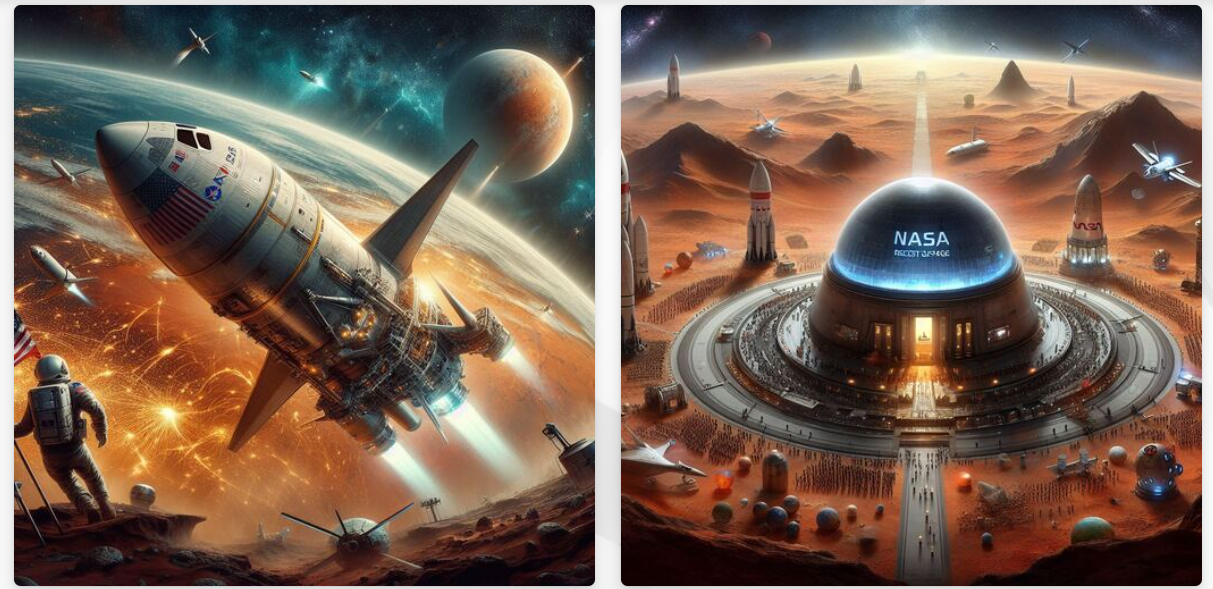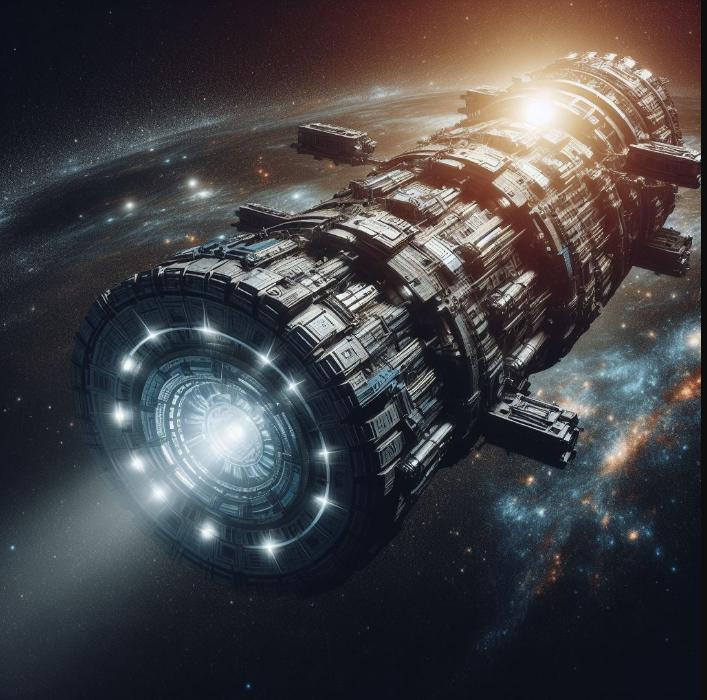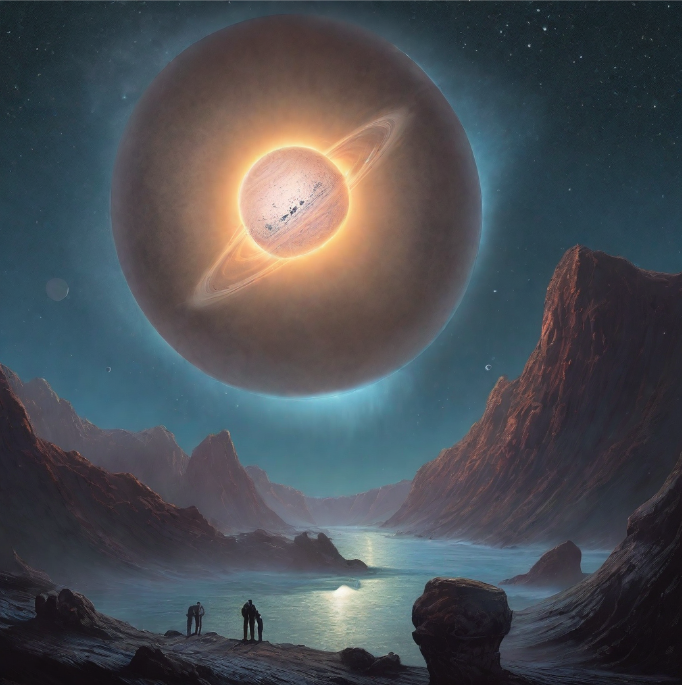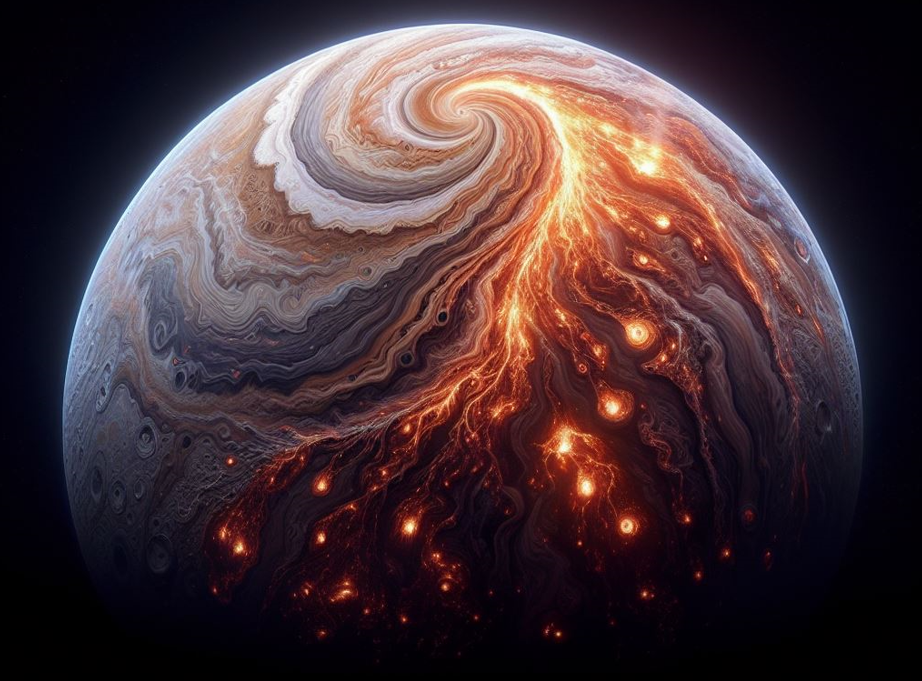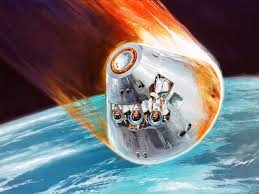NASA has a rigorous and well-established process for evaluating the continuation of projects, especially those related to scientific research and space exploration, including the development of telescopes and spacecraft. This process typically involves a thorough assessment of scientific objectives, technical feasibility, budget considerations, and overall mission priorities.
Claims that spacecraft projects have become more challenging due to the quality of engineers and astronomers involved are likely to be scrutinized within this evaluation process. However, it's important to note that NASA consistently works with highly skilled professionals, including engineers and scientists, who undergo rigorous training and are held to high standards of competence and expertise.
If concerns arise about the quality of personnel involved in spacecraft projects, NASA would likely address these issues through measures such as additional training, enhanced oversight, or adjustments to team composition. Ultimately, decisions about the continuation of projects would be based on a comprehensive analysis of various factors, including scientific merit, technical feasibility, resource availability, and the potential for achieving mission objectives.
NASA has a long-standing process for evaluating whether to continue projects on science and costs of next telescopes took the issue with the claims that spacecrafts have become more difficult because of increasing bad engineers and Astronomers.
Claims that spacecraft projects have become more challenging due to the quality of engineers and astronomers involved are likely to be scrutinized within this evaluation process. However, it's important to note that NASA consistently works with highly skilled professionals, including engineers and scientists, who undergo rigorous training and are held to high standards of competence and expertise.
If concerns arise about the quality of personnel involved in spacecraft projects, NASA would likely address these issues through measures such as additional training, enhanced oversight, or adjustments to team composition. Ultimately, decisions about the continuation of projects would be based on a comprehensive analysis of various factors, including scientific merit, technical feasibility, resource availability, and the potential for achieving mission objectives.
NASA has a long-standing process for evaluating whether to continue projects on science and costs of next telescopes took the issue with the claims that spacecrafts have become more difficult because of increasing bad engineers and Astronomers.
NASA has a rigorous and well-established process for evaluating the continuation of projects, especially those related to scientific research and space exploration, including the development of telescopes and spacecraft. This process typically involves a thorough assessment of scientific objectives, technical feasibility, budget considerations, and overall mission priorities.
Claims that spacecraft projects have become more challenging due to the quality of engineers and astronomers involved are likely to be scrutinized within this evaluation process. However, it's important to note that NASA consistently works with highly skilled professionals, including engineers and scientists, who undergo rigorous training and are held to high standards of competence and expertise.
If concerns arise about the quality of personnel involved in spacecraft projects, NASA would likely address these issues through measures such as additional training, enhanced oversight, or adjustments to team composition. Ultimately, decisions about the continuation of projects would be based on a comprehensive analysis of various factors, including scientific merit, technical feasibility, resource availability, and the potential for achieving mission objectives.
NASA has a long-standing process for evaluating whether to continue projects on science and costs of next telescopes took the issue with the claims that spacecrafts have become more difficult because of increasing bad engineers and Astronomers.
0 Comments
0 Shares
578 Views
5




